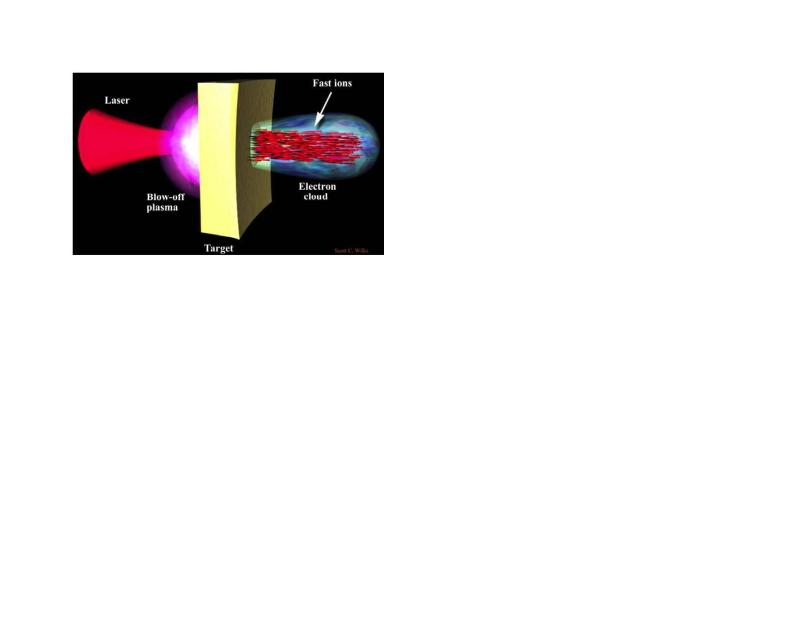
Tue, November 3, 2015
4:00 pm - 5:00 pm
1080 Physics Research Building - Smith Seminar Room - reception at 3:45pm in the Atrium
Fusion holds the promise of being a safe and inexpensive energy source for the future, essentially burning deuterium obtained from heavy water to produce power in much the same way stars generate their energy. While a “Mr. Fusion Home Energy Reactor” device is still extremely unlikely in the foreseeable future, significant progress has been made, and large fusion devices are now beginning to appear. In particular, Inertial Confinement Fusion (ICF), where a laser is used to implode a Deuterium-Tritium (DT) pellet to obtain a net energy gain, is poised to take a major step forward in the next few years. This progress, coupled with the rapid technological advances in high power lasers and computer simulation capabilities, has also spawned a number of new ideas related to ICF. In particular, a new concept known as “Fast Ignition”, where lasers are used to rapidly heat a pre-compressed pellet of DT, looks promising as an alternative, though more speculative, route to fusion energy. This method of fusion relies heavily on the interaction of ultra-intense laser pulses with plasmas and solids to generate intense relativistic electron beams, the study of which has already produced many exotic spin-offs such as novel ion accelerators, warm dense matter sources, and electron-positron pair plasmas for use in laboratory astrophysics experiments.

